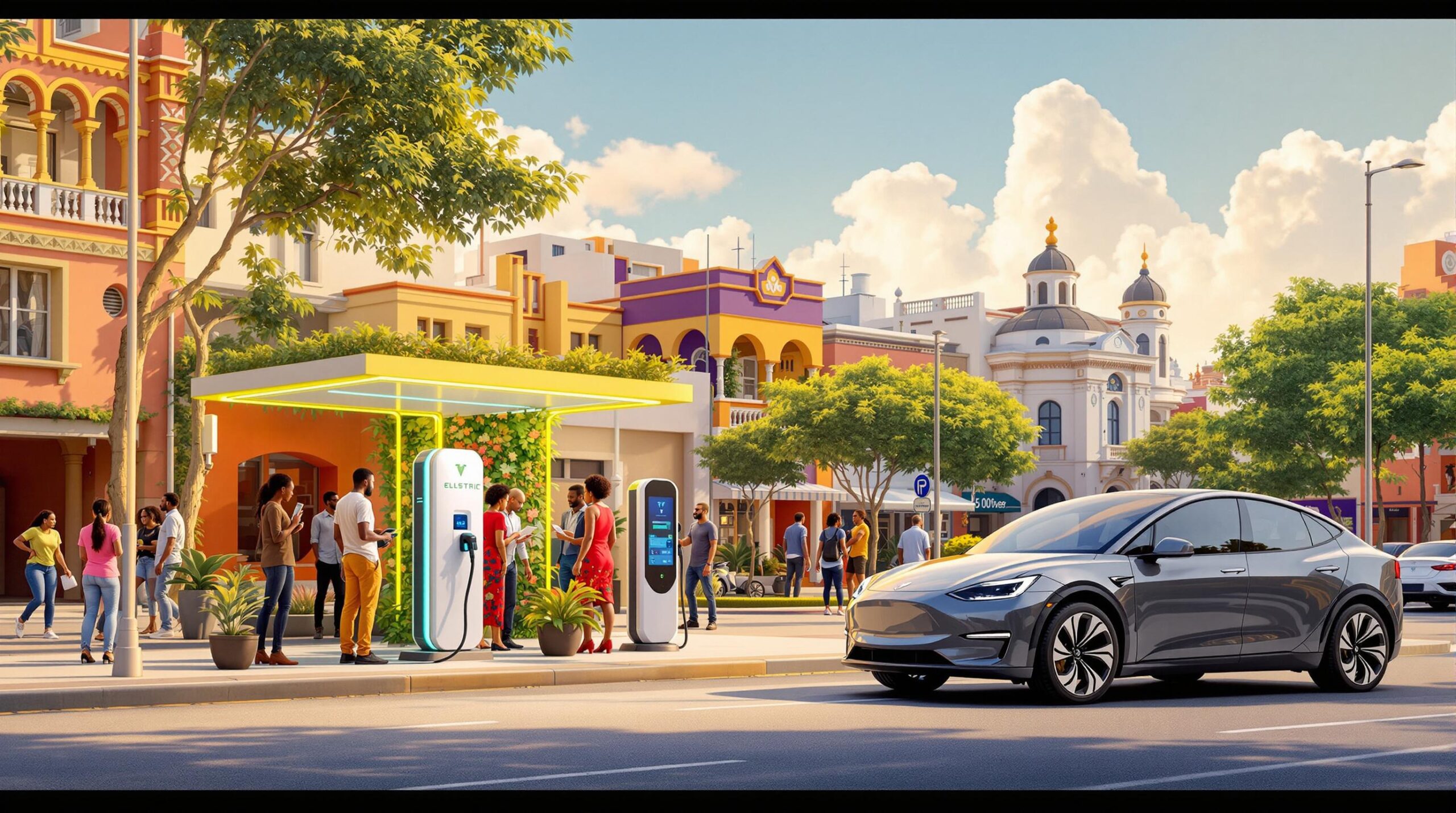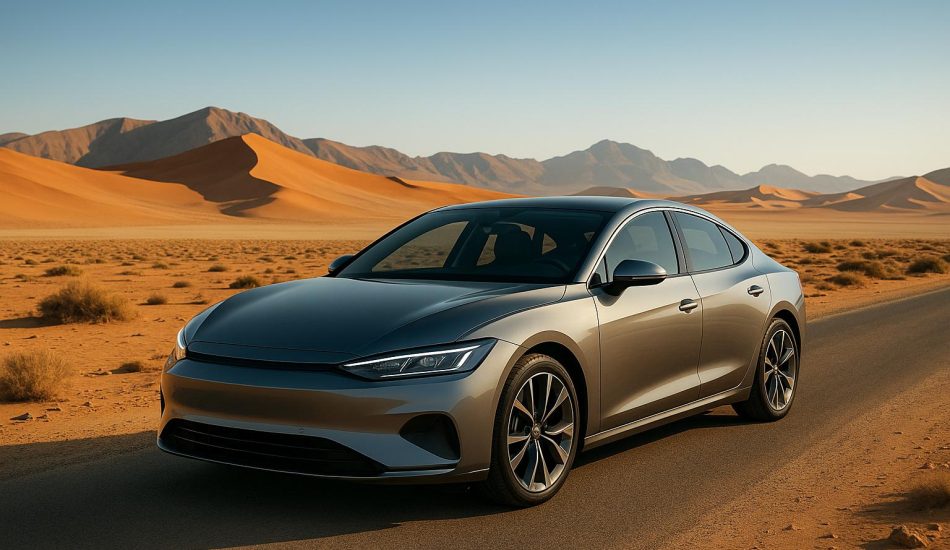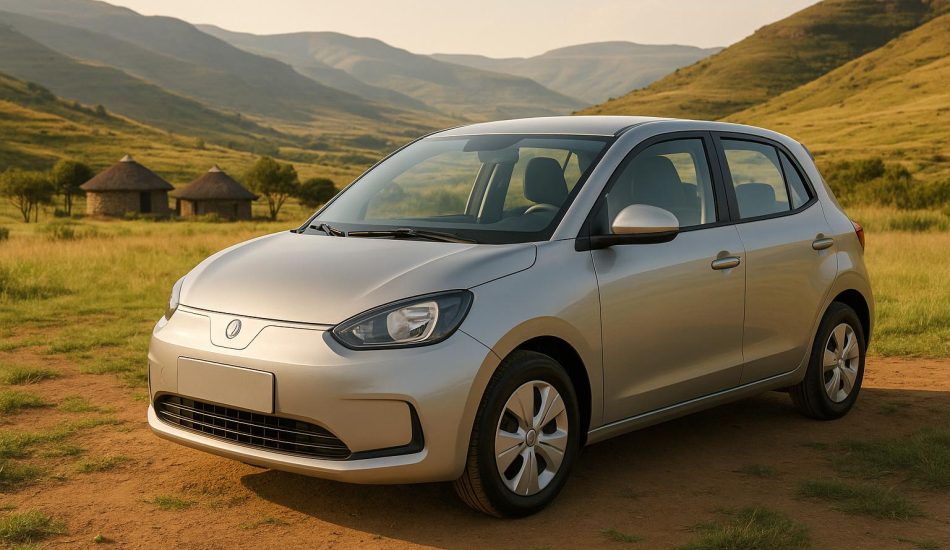
Africa is making strides toward electric vehicle (EV) adoption, but there are major challenges. Here’s a quick snapshot:
- Infrastructure Gap: Only 17% of African countries have 10+ public charging stations.
- Policy Issues: Just 28% have national EV goals, and 39% offer enforceable incentives.
- Vehicle Ownership: Africa averages fewer than 100 vehicles per 1,000 people (global average: 300).
- Readiness Tiers:
- Emulators (e.g., Seychelles, South Africa): Reliable power grids, growing EV networks.
- Innovators (e.g., Kenya, Rwanda): Focus on affordable two- and three-wheelers.
- Stragglers: Limited infrastructure and unclear policies.
Key Takeaways:
- Expand charging networks and improve power grids.
- Provide better financing options for EVs.
- Set clear EV goals and incentives.
Africa’s EV journey is just beginning, with opportunities to improve air quality, reduce fuel imports, and create green jobs.
Why Africa’s Electric Vehicles Are Outsmarting the West
1. Power Grid and Charging Stations
Africa’s readiness for electric vehicles (EVs) faces a significant hurdle: infrastructure. Currently, only 17% of African countries have ten or more public charging stations. This highlights a major gap in support systems needed for EV adoption.
Some countries, like Seychelles, Morocco, Mauritius, and South Africa, have power grids that are as reliable as those in advanced economies. These nations score high on readiness (e.g., Seychelles 0.88, Morocco 0.85). However, only eight countries across the continent meet these high-reliability standards, which limits progress in countries like Kenya, Rwanda, and Uganda.
Ethiopia, for instance, struggles with two major challenges to EV adoption:
- Low rates of vehicle ownership
- Limited income levels
Here’s how infrastructure looks across Africa’s readiness tiers:
- Emulators: These countries have dependable power grids and growing networks of charging stations.
- Innovators: While grid reliability is improving, charging station coverage is still limited but gradually expanding.
- Stragglers: These nations face significant grid issues and have very few public charging stations.
Now that the gaps in power grids and charging stations are clear, the next step is to explore how government policies influence EV adoption.
2. EV Laws and Support Programs
Policy clarity is a key challenge in addressing infrastructure gaps. Currently, only 28% of African nations have set national EV targets, and 39% offer binding incentives. South Africa, categorized as an "emulator", plans to introduce a 150% tax deduction on EV and hydrogen vehicle production starting in 2026. The auto sector plays a major role in South Africa’s economy, contributing 5.3% of GDP and generating R270.8 billion (14.7%) in exports in 2023.
Countries fall into three broad categories based on their EV policies:
- Emulators (e.g., Seychelles, South Africa): These nations implement policies like manufacturer incentives, charging-network support, and fleet electrification.
- Innovators (e.g., Kenya, Rwanda): Focused on two- and three-wheelers, these countries encourage digital financing and startup ecosystems.
- Stragglers: These countries lack clear targets, offer minimal incentives, and have limited infrastructure planning.
In Kenya, companies like M-KOPA and Watu Credit provide financing for electric two-wheelers, leveraging a 40% adult borrowing rate. However, Kenya and Uganda recently reduced tax breaks for EVs.
Industry group CHARGE has proposed measures to make EVs more affordable, such as reducing import duties (currently 25% for EVs versus 18% for combustion vehicles) or offering a six-year tax holiday.
Despite these efforts, South Africa’s EV adoption remains low. From January to November 2024, only 1,179 battery electric vehicles (BEVs) were sold, accounting for just 0.23% of light-vehicle sales. This highlights the need for policies that address both manufacturing incentives and consumer demand.
sbb-itb-99e19e3
3. Cost and Consumer Interest
Cost and consumer demand play a major role in driving the adoption of electric vehicles (EVs), alongside policy and infrastructure.
In many countries, low motorization rates – fewer than 100 vehicles per 1,000 people in 76% of nations – make cost the biggest obstacle to EV adoption. Readiness scores highlight disparities: Seychelles (0.88), Morocco (0.85), and Mauritius (0.80) lead, thanks to higher incomes and well-established power grids.
Strategies to lower costs directly affect EV affordability:
- Import duty waivers (20%): Reduce the time to cost parity by one year.
- Lower interest rates (from 23% to 10%): Achieve cost parity within seven years.
- Combining waivers and 10% interest rates: Brings immediate cost parity.
While many countries focus on passenger cars, markets like Kenya and Rwanda are seeing growing interest in electric two- and three-wheelers.
Benefits and Challenges
Looking at infrastructure, policy, and costs, it’s clear that Africa’s shift to EVs comes with both opportunities and obstacles. The transition offers notable advantages but also faces ongoing challenges across the continent.
The benefits are clear: EV adoption encourages investment in power grids, reduces reliance on fuel imports, and enhances air quality in cities. On the flip side, progress is slowed by limited charging networks, low vehicle availability, and a lack of financing options.
Countries fall into different readiness tiers. For example, Emulators like Seychelles (readiness score: 0.88) and Morocco (0.85) benefit from reliable grids but need to expand charging infrastructure and financing options. Meanwhile, Innovators such as Kenya, Rwanda, and Uganda thrive in niche markets like two- and three-wheelers but struggle with grid reliability. Nations with lower scores, such as Egypt (0.74), Ethiopia (0.70), and Ghana (0.70), have room for growth but face significant infrastructure challenges.
Up next, we’ll explore Africa’s roadmap for the future.
Conclusion
Investments in infrastructure and the growing demand for transportation – up 50% since 2010 and projected to increase by two-thirds by 2040 – are already showing progress in cities implementing electric BRT systems and advancements in two- and three-wheelers. These developments emphasize the need for focused efforts in infrastructure, financing, and policy.
From our analysis of charging networks, consumer costs, and national policies, three key actions stand out to boost adoption:
- Expand charging networks while incorporating renewable energy into power grids
- Provide financing options to make EVs more affordable upfront
- Establish clear EV goals and incentives across the region
These steps can help reduce emissions, generate green jobs, and drive the growth of electric mobility in Africa.
FAQs
What are African countries doing to develop electric vehicle infrastructure and charging networks?
African countries are making strides in building electric vehicle (EV) infrastructure to support the transition to greener mobility. For example, Ethiopia is prioritizing electric vehicles by planning to ban the import of non-electric cars and introducing tax incentives to encourage the adoption of EVs. The country has set a goal to bring in over 152,800 electric vehicles within the next decade.
In Zimbabwe, efforts are underway to establish a reliable charging network. A local company is installing EV charging stations nationwide, with plans to place fast-charging stations approximately every 93 miles along major highways to improve accessibility for drivers. These initiatives reflect growing momentum across the continent to embrace electric mobility despite challenges like affordability and energy reliability.
How does vehicle ownership in Africa influence the adoption of electric vehicles?
Vehicle ownership rates play a significant role in shaping the adoption of electric vehicles (EVs) in Africa. In areas with low vehicle ownership, the high cost of EVs and limited charging infrastructure can slow progress. However, regions experiencing rapid urbanization and economic growth, where demand for transportation is rising, may find EVs appealing due to their potential for lower operating costs and reduced emissions.
As infrastructure improves and governments introduce supportive policies, the outlook for EV adoption in Africa becomes more promising. With targeted efforts to address affordability and energy reliability, EVs could become a practical solution for sustainable mobility in many parts of the continent.
What options are available to help make electric vehicles more affordable for consumers in Africa?
Financing options for electric vehicles (EVs) in Africa are gradually emerging as governments, financial institutions, and private companies recognize the need to make EVs more accessible. Consumers can explore government incentives, such as tax breaks or reduced import duties in some countries, aimed at lowering the overall cost of EV ownership.
Additionally, banks and financial institutions in certain regions are introducing loan programs tailored for EV purchases, often with flexible repayment terms. Leasing options are also becoming more common, allowing individuals to drive EVs without the upfront cost of buying one outright. Some manufacturers and local distributors are even offering installment payment plans to make EVs more affordable for a broader audience.
While these options are still developing, they represent a growing effort to address affordability challenges and support the transition to electric mobility across the continent.




